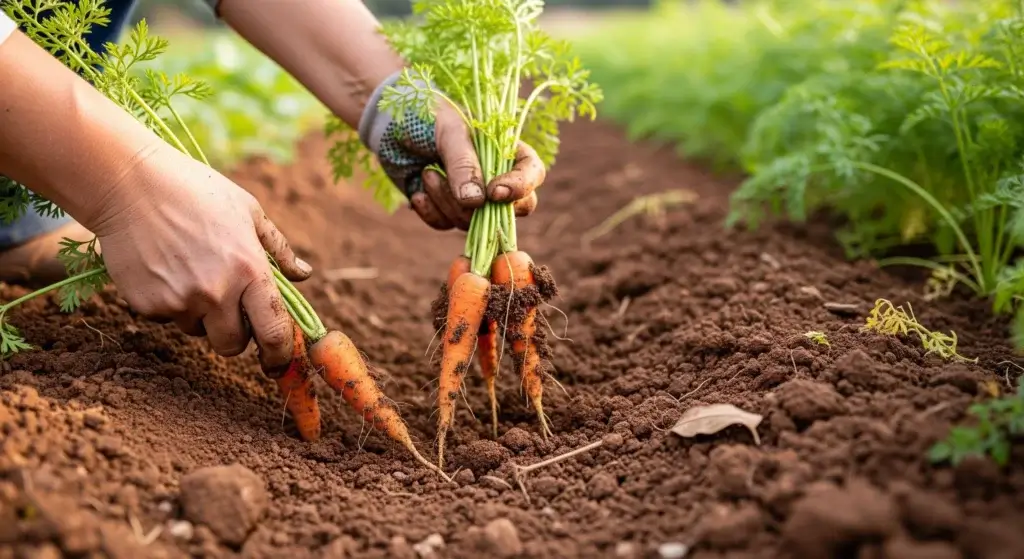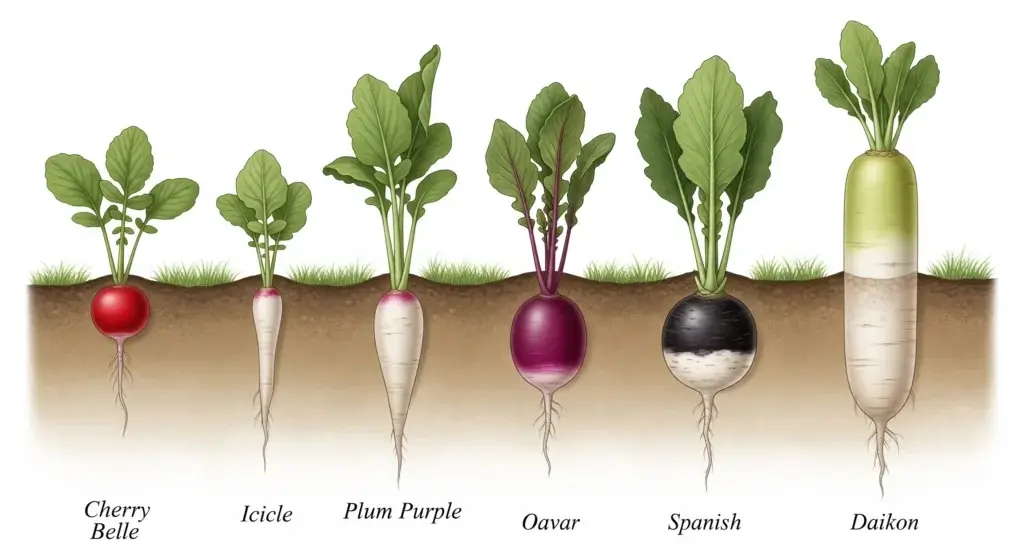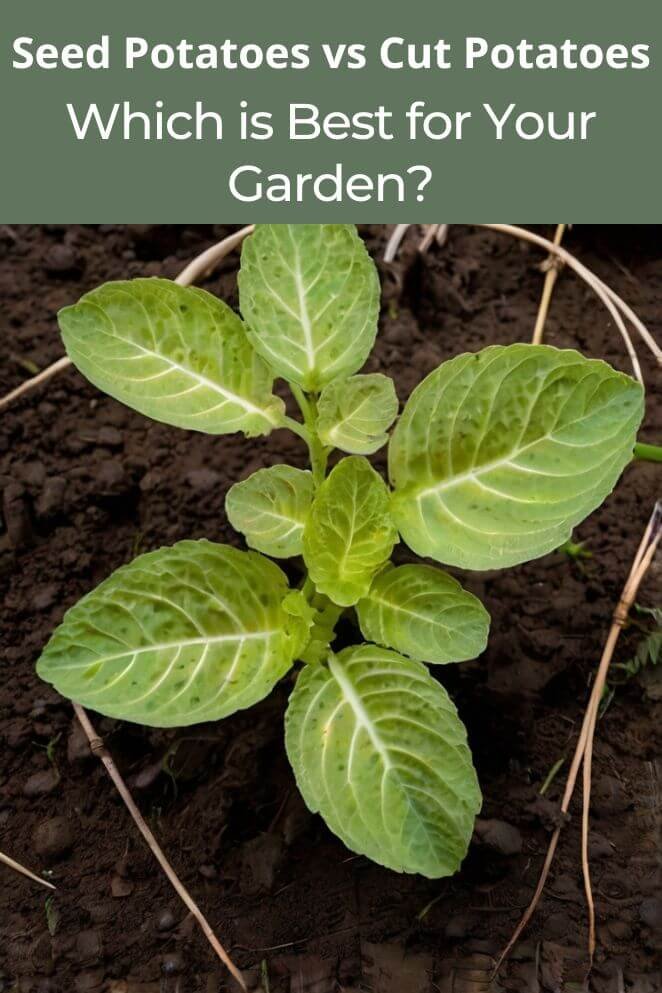
Planting potatoes is a rewarding experience, whether you’re a seasoned gardener or just getting started.
However, one question that often arises is whether to use seed potatoes or cut potatoes for planting.
This blog post will delve into the differences between these two methods, their respective advantages, and when to use each to ensure a bountiful harvest.
By the end of this article, you’ll have a clear understanding of which method suits your garden best.
Seed Potatoes vs. Cut Potatoes
Seed potatoes
Seed potatoes are actually small potatoes used to grow new potato plants.
It’s a bit of a misnomer because they’re not true seeds like those found in a tomato or a pea.
Instead, they are tubers, which are underground stems that store nutrients.
Seed potatoes are specifically grown to be used as planting stock.
They are not seeds in the traditional sense but are actual potatoes that have been allowed to sprout eyes.
These eyes are the future potato plants.
Seed potatoes are usually disease-free and certified by agricultural authorities to ensure they will produce healthy plants.
- Read also: Spudtacular Sprouts: The Ultimate DIY Potato Grow Bag Guide
- Read also: Potato Watering Requirements: Keep Your Potatoes Healthy
Cut potatoes
Cut potatoes, on the other hand, are simply larger potatoes that have been cut into smaller pieces, each with at least one or two eyes.
The idea is that each piece will grow into a new potato plant, much like a seed potato.
This method is often used to stretch your potato stock further, especially if you’re planting a large area.
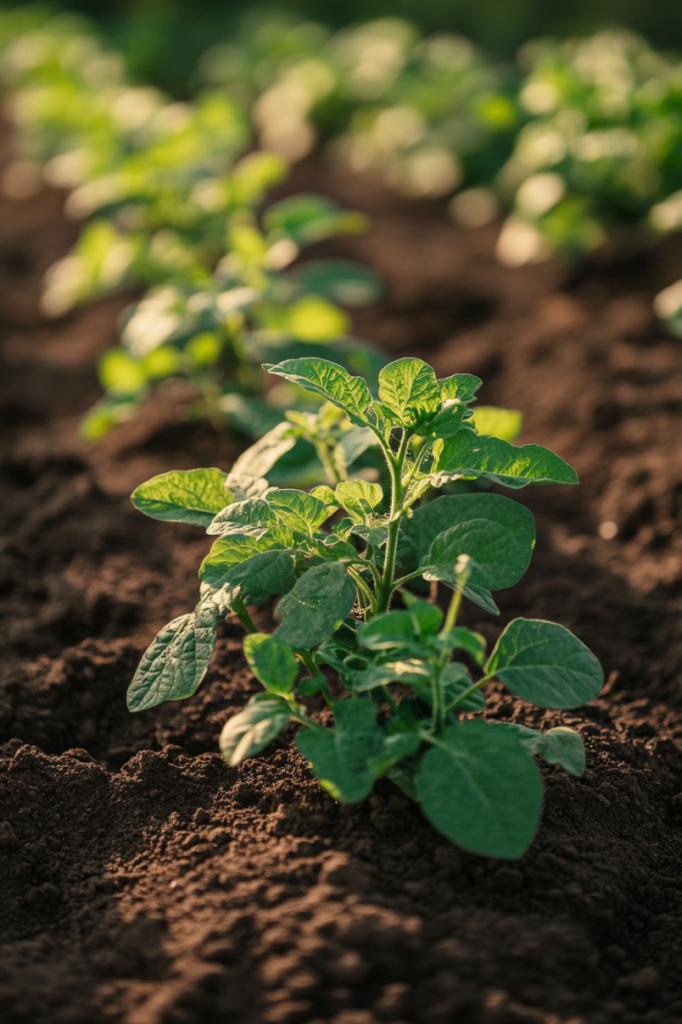
Advantages of Using Seed Potatoes and Cut Potatoes
Using seed potatoes
Using seed potatoes comes with several benefits that make them a popular choice among gardeners.
- Disease resistance: Seed potatoes are usually certified disease-free, which means they are less likely to introduce diseases into your garden. This is particularly important for crops like potatoes, which are susceptible to various soil-borne diseases.
- Higher yield potential: Because seed potatoes are whole and intact, they tend to produce stronger, more vigorous plants. This often translates into a higher yield compared to cut potatoes.
- Ease of planting: Planting whole seed potatoes is straightforward. There’s no need to worry about cutting them to the right size or waiting for them to heal before planting.
- Consistency: Seed potatoes provide a consistent and reliable planting method. Seed potatoes tend to germinate more uniformly, leading to a more even crop.
- Preservation of variety: Using seed potatoes helps maintain the specific characteristics of the potato variety.
Using cut potatoes
Cutting potatoes for planting also has its own set of advantages, making it a viable option depending on your gardening needs.
- Cost-effective: One of the main reasons gardeners opt for cut potatoes is to save money. By cutting larger potatoes into smaller pieces, you can cover more ground with fewer seed potatoes.
- Maximizes stock: If you’re short on seed potatoes, cutting them allows you to maximize your planting stock. This is especially useful if you’re planting a large garden or trying to stretch your resources.
- Space-saving: Cutting potatoes gives you the flexibility to plant smaller pieces in tight spaces, making it easier to fit them into your garden layout.
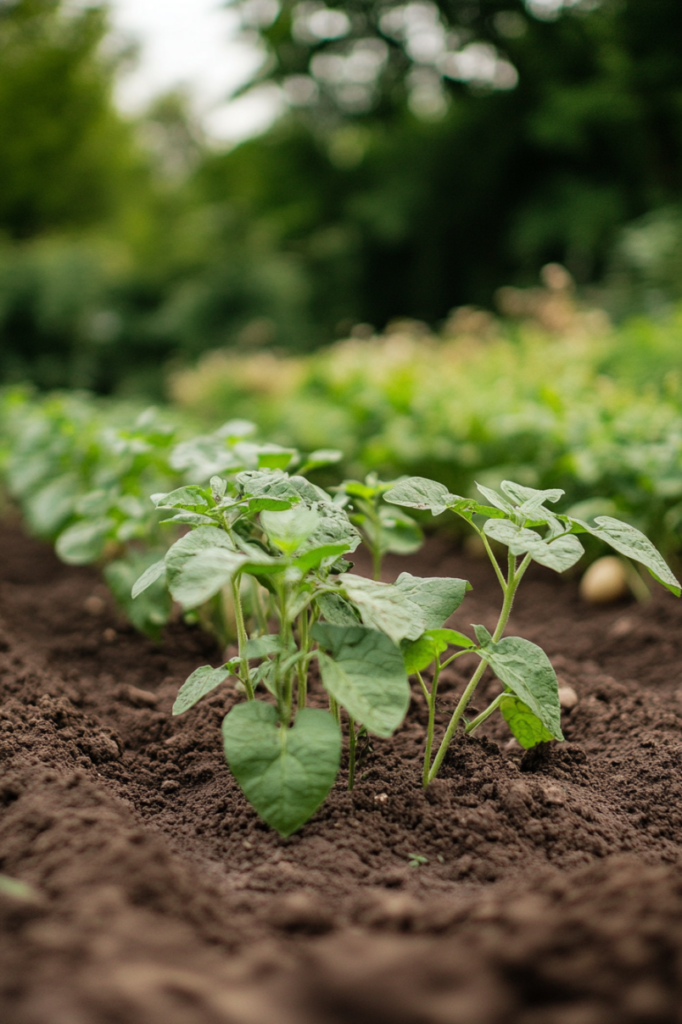
When to Use Seed Potatoes vs. Cut Potatoes
Deciding whether to use seed potatoes or cut potatoes depends on various factors, including your garden’s size, soil conditions, and your personal preferences.
Use seed potatoes
- Small garden: In smaller gardens, the higher yield potential of seed potatoes can be more beneficial, making the most of limited space.
- Beginner: If you’re new to gardening, starting with seed potatoes can simplify the process and increase your chances of a successful harvest.
Use cut potatoes
- Abundant space: If you have plenty of garden space, cutting potatoes can increase your yield.
- Have experience: Experienced gardeners who are familiar with potato diseases and how to prevent them may feel more comfortable using cut potatoes.
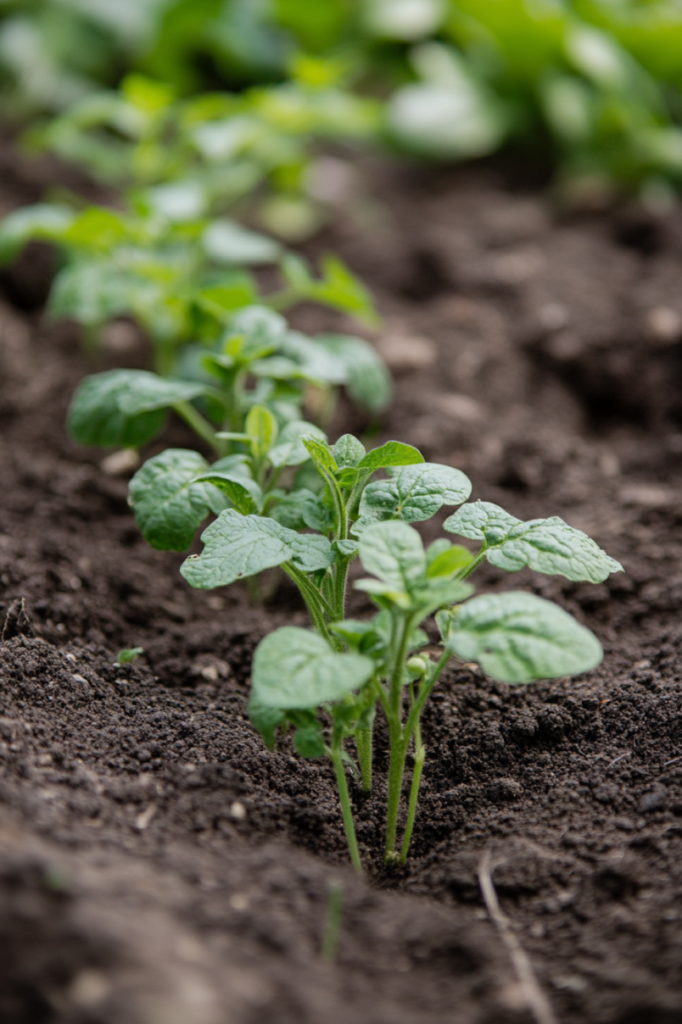
- Read also: Build Your Own DIY Potato Tower Planter
- Read also: The Ultimate Foe: Common Potato Pests and How to Defeat Them
Conclusion
Both seed potatoes and cut potatoes have their place in the garden.
The choice between the two ultimately comes down to your specific needs and circumstances.
Seed potatoes offer the advantages of disease resistance, ease of planting, and higher yield potential, making them a reliable choice, especially for beginners and small gardens.
On the other hand, cut potatoes provide a cost-effective, flexible option for those looking to maximize their planting stock.
No matter which method you choose, proper planting and care are essential to ensuring a successful potato harvest.
Keep your garden’s conditions in mind, follow best practices, and you’ll be well on your way to enjoying homegrown potatoes.
FAQs
Yes, but it’s not recommended. Store-bought potatoes are often treated with chemicals to prevent sprouting and may carry diseases that could affect your garden.
Each piece should be about 1.5 to 2 inches in size, with at least one or two eyes. This size ensures that each piece has enough energy to sprout and grow.
Yes, sprouting potatoes can be cut and planted. Just ensure that each piece has a healthy sprout and enough flesh to support growth.

